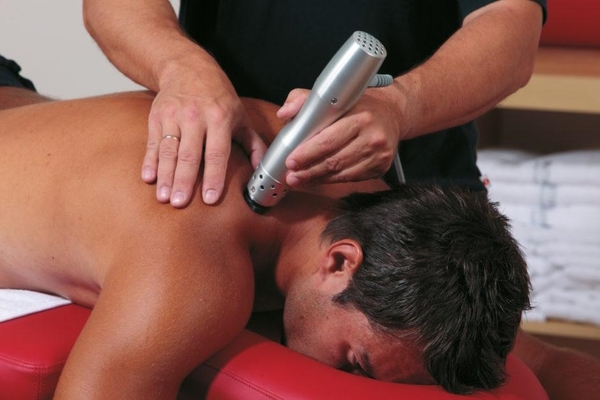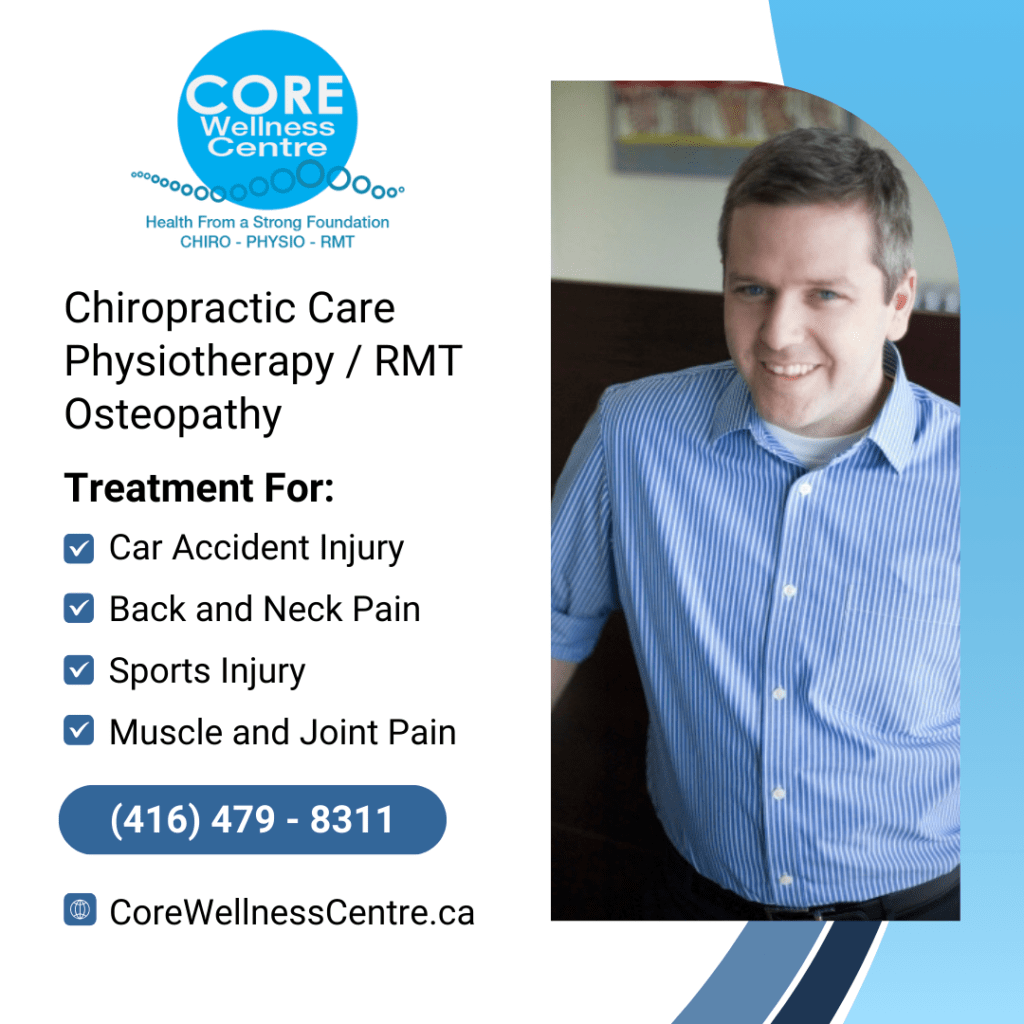
Whiplash Nerve Damage Clinic Symptoms
A car crash can whip your head forward and back in an instant and could cause whiplash nerve damage, that isn’t always limited to sore neck muscles and sprained ligaments. The sudden motion can also stretch, pinch, or irritate the nerves in your neck, leading to symptoms that may linger, such as numbness, tingling, burning pain, weakness, or problems with coordination.
This guide walks you through what’s actually happening when whiplash affects the cervical nerves, how to spot the full range of symptoms, what tests can help confirm the diagnosis, which treatments have good evidence behind them, and what a realistic recovery timeline looks like.
Here’s what we’ll cover:
- How whiplash injures the nerve roots in the neck
- The key sensory and motor symptoms to watch for
- Which exams and specialized nerve tests help with diagnosis
- Therapy options and interventional treatments that may help
- What to expect during recovery, how to prevent chronic pain, and legal points to keep in mind
- When to seek urgent care and how to choose the right specialist
What Is Whiplash Nerve Damage and How Does It Occur?
In simple terms, whiplash nerve damage occurs when a sudden back-and-forth motion, such as in a rear‑end car crash, stretches or compresses the nerves in your neck.
Those nerves (the “roots” that branch off your spinal cord) are a bit like cables. If they’re pulled, pinched, or irritated, the signal gets fuzzy. Sometimes the insulation around the nerve (myelin) is affected; in more serious cases, the wire itself (the axon) can be injured.
That irritation and swelling disrupt normal nerve signaling, which is why people can feel tingling, burning pain, numbness, or weakness.
Whiplash itself is a sprain/strain of the neck caused by rapid flexion and extension, your head snaps forward, then backward.
This motion can overstretch muscles and ligaments, strain the small joints and discs in the neck, and put shear forces on the areas where nerves exit the spine.
Swelling or small tears in surrounding tissues can narrow those spaces or tug on the nerve roots, sparking inflammation that sets the stage for neuropathic symptoms.
Not everyone with whiplash develops nerve injury, and many people recover well. But understanding this chain of events helps explain why early evaluation, gentle movement, and the right treatment plan can reduce irritation, protect function, and support a smoother recovery.
If you notice red-flag symptoms such as severe weakness, worsening numbness, trouble walking, or changes in bladder or bowel control, please seek urgent medical care.
Experiencing neck pain? Take the next step in your health to call or book online today. We offer Direct Billing, WSIB and facilitate Claims
CALL us on (416) 479 – 8311 TODAY
or simply book online below
How Does Whiplash Cause Nerve Damage?

In short, it’s a combination of pressure, pulling, and inflammation. They tend to act together and amplify each other.
- Compression: After a sudden snap forward-and-back, a disc can bulge or nearby tissues can swell. That crowding can press on the nerve roots in your neck, sending sharp, shooting pain down the arm and making fingers feel numb or “asleep.”
- Stretching: Nerves don’t love being yanked. Rapid flexion and extension can stretch the tiny fibers inside a nerve beyond their comfort zone, scuffing the insulation (myelin) or even the wire itself (the axon). Signals slow, and you may notice tingling, weakness, or clumsiness.
- Inflammation: Trauma kicks off a chemical flare around the irritated nerve. Those inflammatory signals turn the volume up on pain and keep the area sensitive long after the initial strain.
Because these three processes often overlap, people can have a mix of symptoms for whiplash nerve damage: aching in the neck, electric zings down the arm, patchy numbness, and muscle weakness. This is why treatment usually needs more than one approach.
Common symptoms of whiplash-related nerve irritation
- Numbness or reduced feeling in parts of the arm or hand
- Tingling or “pins and needles” that flicker along a specific line down the arm
- Weakness—grip feels softer, lifting the arm is harder, or the wrist droops
- Radiating pain that follows a nerve path and doesn’t respond well to basic painkillers
Related symptoms you might notice
- Headaches, often starting at the base of the skull and wrapping up and around (upper cervical referral)
- Dizziness or a sense of unsteadiness, sometimes tied to irritated upper neck joints or, less commonly, blood flow issues
- Light sensitivity or blurry vision in the acute phase, which can accompany neck injury and heightened sympathetic nervous system activity
- “Brain fog,” poor sleep, anxiety about movement, and low mood—chronic pain and inflammation can affect concentration, energy, and outlook
Red flags – seek urgent care if you develop any of the following
- Worsening or new weakness in the arm or hand
- Problems with balance, walking, or coordination
- Loss of bladder or bowel control
- Severe, unrelenting pain that doesn’t ease with rest or medication
Whiplash can irritate neck nerves through compression, stretching, and inflammation. The result can be a mix of pain, tingling, numbness, and weakness that changes day to day.
With timely evaluation, a clear plan, and a blend of movement, symptom control, and targeted treatments, most people regain comfort and function.
If your symptoms include red flags or aren’t improving, call us on (416) 479 – 8311. An assessment can make a real difference.

Why Choose Core Wellness Centre
Our integrated team in Toronto of chiropractic, physiotherapy, osteopathy, and RMT massage, builds a personalized plan to calm irritation, restore mobility, and protect nerve function.
We start gently, progress thoughtfully, and coordinate with you for a personalized treatment plan.
Chiropractic care
- Gentle spinal and rib mobilizations or adjustments (when appropriate) to improve joint motion and reduce nerve irritation
- Adjustments or brief cervical traction if required to create a little more space around sensitive nerve roots
- Digital posture analysis
Physiotherapy
- Early, pain‑aware movement to prevent stiffness and fear of motion
- Targeted strengthening of deep neck flexors and shoulder blade stabilizers
- Manual therapy for soft‑tissue and facet joint restrictions
- Modalities like cold laser therapy or shockwave therapy
- A clear home program with pacing strategies and gradual progression
Osteopathy
- Gentle, hands‑on techniques (soft‑tissue, muscle energy, articulations) to ease tension, improve mechanics, and support circulation around irritated tissues
RMT Massage
- Therapeutic RMT massage to reduce muscle guarding, release trigger points, and improve comfort and range of motion
- Relaxation techniques to down‑shift the nervous system and support better sleep
Experiencing neck pain? Take the next step in your health to call or book online today. We offer Direct Billing, WSIB and facilitate Claims
CALL us on (416) 479 – 8311 TODAY
or simply book online below

